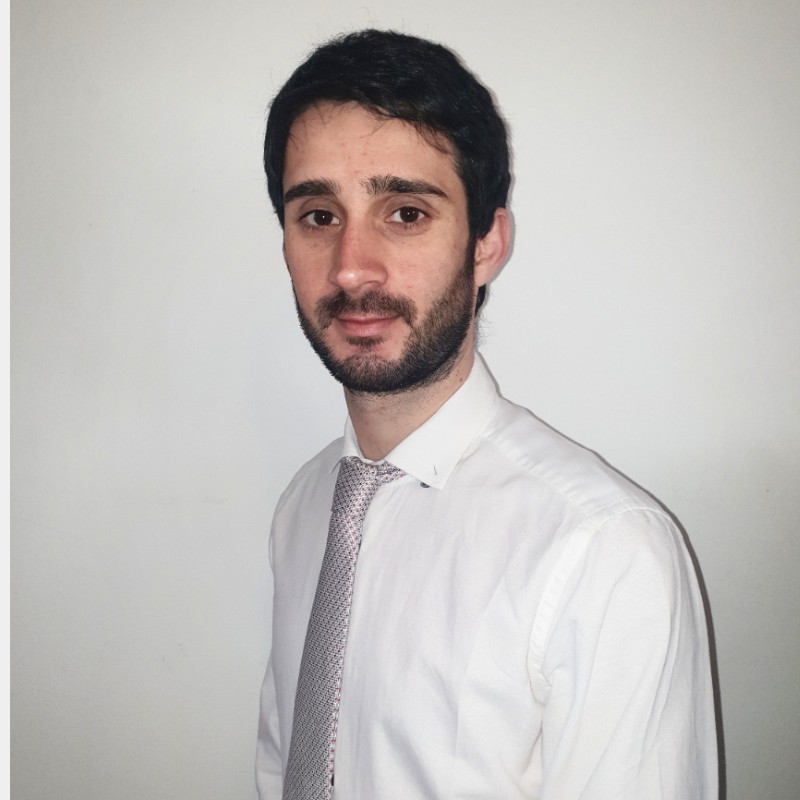Want to hire this expert for a project? Request a quote for free.
Profile Details
Create Project
USD 45 /hr
Hire Dr. Luca L.
United Kingdom
USD 45 /hr
Microbiologist and Biochemist Scientist | Academic Writing Expert | Public Engagement Consultant
Profile Summary
Subject Matter Expertise
Services
Work Experience
University of Bath
- Present ![]()
Post - Doc Researcher
Università degli Studi di Pavia Dipartimento di Biologia e Biotecnologie
July 2016 - October 2018 ![]()
Visitor Fellow
Flemish Institute For Technological Research
August 2014 - February 2015 ![]()
Education
Ph.D. in Biochemical and Biotechnological Sciences (Department of Civil, Chemical, Environmental, and Materials Engineering – DICAM)
DICAM - Department of Civil, Chemical, Environmental, and Materials Engineering
January 2013 - December 2015 ![]()
Master Degree in Industrial Biotechnology (Department of Pharmacy and Biotechnology)
Università degli Studi di Bologna
September 2009 - March 2012 ![]()
Bachelor in Biotechnology (Department of Pharmacy and Biotechnology)
Università degli Studi di Bologna
October 2005 - March 2006 ![]()
Certifications
- Certification details not provided.
Publications
JOURNAL ARTICLE
Luca Longanesi and Florent P. Bouxin and Jiajun Fan and Hadiza Auta and Richard Gammons and Felix Abeln and Vitaliy L. Budarin and James H. Clark and Christopher J. Chuck(2020). Scaled-Up Microwave-Assisted Pretreatment and Continuous Fermentation to Produce Yeast Lipids from Brewery Wastes . Industrial & Engineering Chemistry Research. American Chemical Society ({ACS})
(2020). Valorisation of sawdust through the combined microwave-assisted hydrothermal pre-treatment and fermentation using an oleaginous yeast . Biomass Conversion and Biorefinery.
Longanesi, L., Frascari, D., Spagni, C., DeWever, H., Pinelli, D.(2018). Succinic acid production from cheese whey by biofilms of Actinobacillus succinogenes: packed bed bioreactor tests . Journal of Chemical Technology and Biotechnology. 93. (1). p. 246-256.
(2014). On-Column refolding of diphtheria toxin variant CRM197 by different metal chelating affinity chromatography matrices . J. Chem. Chem. Eng.
Frascari, D., Cappelletti, M., Mendes, J.D.S., Alberini, A., Scimonelli, F., Manfreda, C., Longanesi, L., Zannoni, D., Pinelli, D., Fedi, S.(2013). A kinetic study of biohydrogen production from glucose, molasses and cheese whey by suspended and attached cells of Thermotoga neapolitana . Bioresource Technology. 147. p. 553-561.
